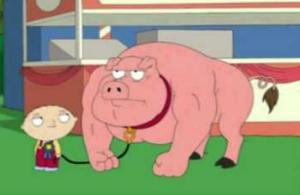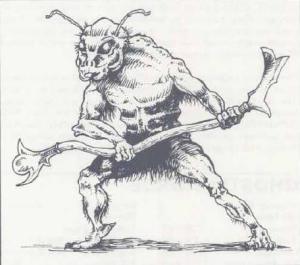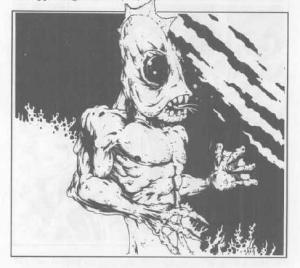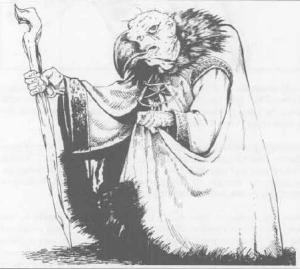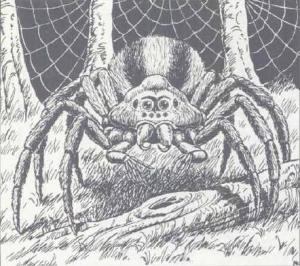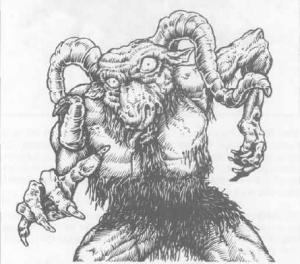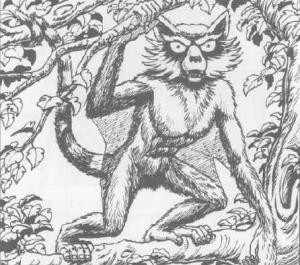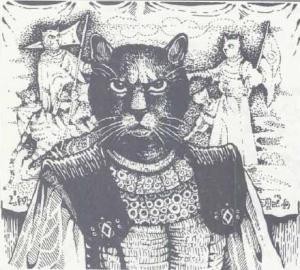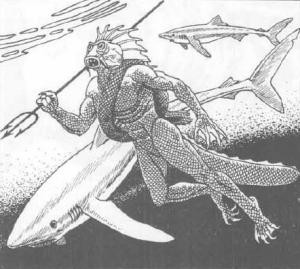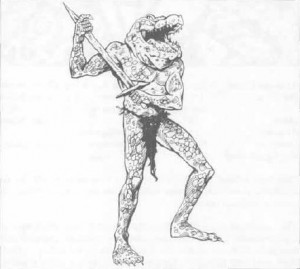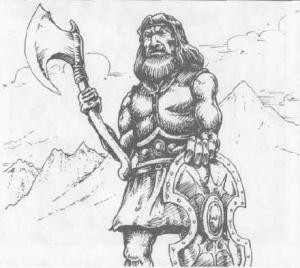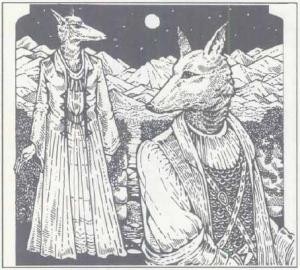To me, and probably lots of other people my age and younger, the Dungeons & Dragons 3rd Edition Monster Manual is clearly the one and only true monster book. It was the one I started with and unlike the later monster books for the edition, it had all the normal monsters, like orcs, goblins, ogres, owlbears, manticores, yuan-ti, beholders, gelatinous cubes and so on. Well “normal” for Dungeons & Dragons. But it also had quite a number of creatures that always made me think “did anyone ever use this?” and that never seemed to make any appearances in any other books. There was just that one entry with the weird picture, which I soon didn’t even notice any longer when I flipped through the book looking for monsters for my adventures. Since I assume that lots of people felt similar about them, I wanted to give this one the Fantasy Safari treatment for quite some time, even though it’s possibly the least obscure monster book for almost anyone under 30.
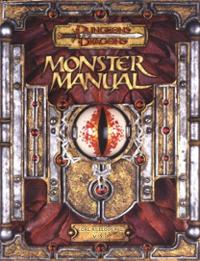
Monster Manual for Dungeons & Dragons 3rd Edition by Wizards of the Coast, 2000/2003; 266 pages of monsters.
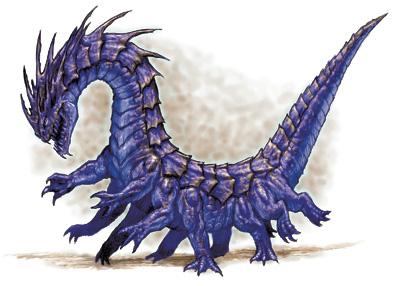
I am not going to lie, I love the Behir mostly because of the picture. Damn, this thing looks cool. A behir is a huge spiky purple snake with lots of small legs. While they are not particularly bright, they are still of somewhat human-like intelligence and able to talk. But like animals they are of neutral alignment, which means they shouldn’t be attacking everyone they encounter on sight, as an intelligent creature killing other intelligent creatures for food is almost always considered evil, no matter what particular interpretation of alignment you follow. Though that leaves the question, how do they interact with player characters? They probably would defend their home against intruders and keep anyone from stealing their treasures, but with a creature like this its hard to imagine why they would even have treasure in the first place. The most likely situation I can imagine for players to fight a behir would be the behir being in service to some other more powerful creature or NPC and guarding the entrances to their stronghold. But even then, given the behirs usual alignment and intelligence, talking might be a real option as well. As a giant worm, a behir has all the common abilities of such creatures in 3rd edition, as wrapping around a smaller creature and crushing it or swallowing it down in one go. It also has a lightning breath, but as it can be used only once per minute, it probably will use it only once in a fight. The behir is actually a pretty old creature that predates the Monster Manual by almost 20 years, but I’ve never really seen it used anywhere through all editions.
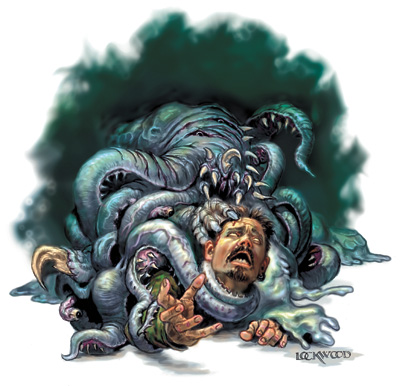
Chaos Beast, we meet again. It’s the Foaming Blasphemy from the Bestiary of the Hyborian Age. The Monster Manual actually predates the Bestiary by several years, but since the Bestiary usually only includes creatures from Conan stories, I think it’s a strong indication that this is where D&D got the idea from. The Bestiary then just copied the rules for the mechanical implementation that had already been written up for D&D. (Since the Conan d20 RPG is basically the same system; why invent the wheel twice?) Continue reading “Fantasy Safari: Monster Manual (D&D 3rd Ed.), Part 1”

